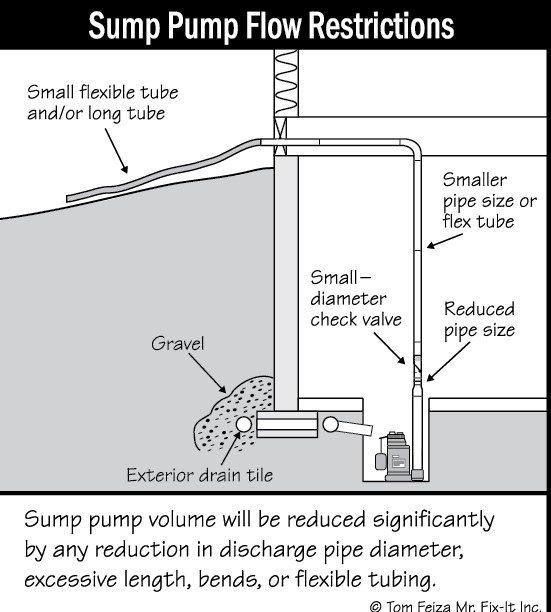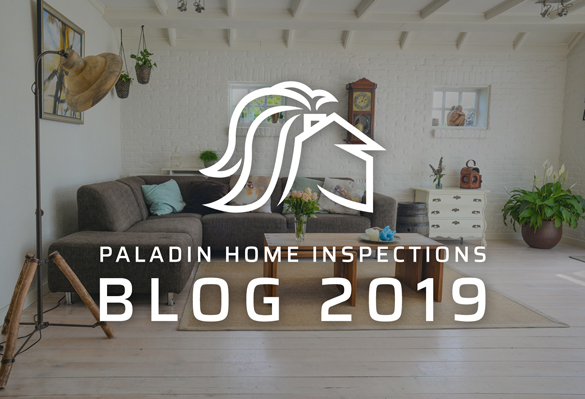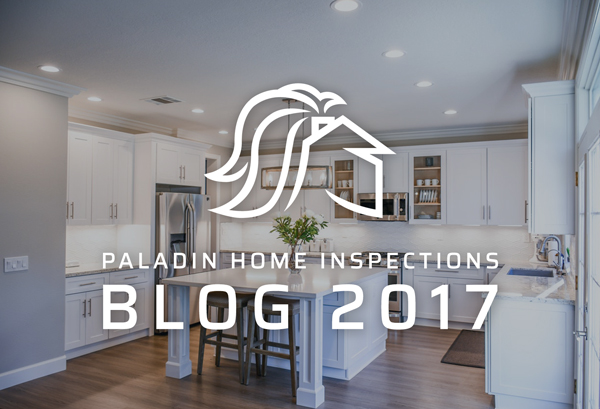A lot more than you’d EVER wand to know about sumps
First, what IS a sump pump?
Sump pumps are self-activating electrical pumps that protect homes from moisture intrusion. They are usually installed below basement or crawlspace floors to remove rising groundwater and surface runoff before it has a chance to seep into the home. Accumulated water can cause interior damage and encourage the growth of mold, mildew, and fungus. Pumps should be maintained and equipped with all necessary components in order to ensure their reliability.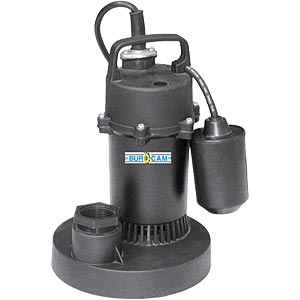
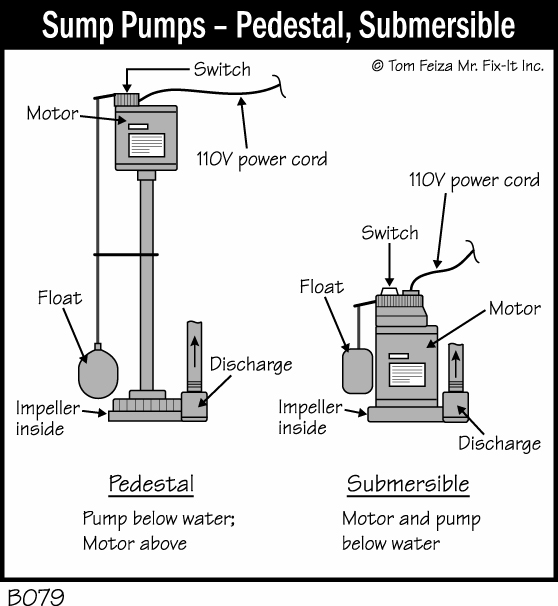
How does it work?
A pit, known as a sump pit or sump trench, can be dug at the lowest part of the basement floor to capture and contain any flowing water. A sump pump sits at the bottom of this trench (or beside it) and expels excess water through a series of interconnected pipes to a suitable discharge location. The pump can sense water levels through a float that rises and falls with fluctuating water levels in the trench. The sump pump becomes activated and deactivated based on the height of the float, providing a simple, automated way to monitor and deal with variable water levels.
But I don’t have to do anything, right?
- The pump must be kept clean and free of debris. The inlet screen prevents the passage of dirt and other solid material from entering the pump, but it can become overwhelmed. Cleanings should occur often for pumps that run constantly.
- Inspectors should make sure that the float is not tangled or jammed in one position. A sump pump with a jammed float is useless because it will not sense when it should turn on and shut off.
- The pump can be tested by pouring water into the pit to make sure it becomes activated and expels the water. The homeowner should seek professional assistance if the pump does not activate.
- Maintenance should take place annually, and when the home is sold.
Is there anything to worry about?
Well, a small child could fall in. For that reason, the lid should be screwed in place. It should also be caulked or weather stripped to keep moisture, toxins and soil gas such as radon from entering the house.
When testing the pump, no one should ever reach into the pit. The float can be reached and manipulated with a household item such as a golf club (with a rubber handle) or anything else non-conductive that happens to be lying around.
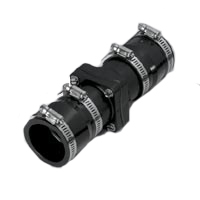
What’s a check valve?
A check valve is a device is the same diameter as the discharge pipe into which it fits and is usually a different color. A check valve should be installed in order to prevent pumped water in the discharge line from re-entering the sump pit when the device is turned off. Without this valve, the pump will have to work twice as hard to remove the same column of water, which causes unnecessary strain to the pump components. A check valve can also prevent the rare yet disturbing possibility that a discharge line connected to a stream or pond will back-siphon into the sump pit.
What about the discharge?
- Water must be discharged at least 20 feet from the building.
- Any restrictions, such as reductions in pipe or bends should be avoided.
- Corrugated pipes that lay on the ground are subject to freeze. Have these removed during the winter months.
- Water should not drain back into the house! Cycling water will place unnecessary strain on the pump and can weaken the structure’s foundation.
- Water should not drain onto a neighbor’s property without their approval.
- Many jurisdictions do not permit pumped water into public sewer systems.
- Pumped water should never drain into a residence’s septic system. Especially during heavy rain, a septic drain field will become saturated and will struggle to handle the normal flow of water from the house. Additional water from the sump pump can damage the septic system.
How much does it cost to install?
Installation of the pit itself, as well as the pump and connections, will cost around $2,000. The trench, which runs just inside the perimeter of the basement, costs about $40 a linear foot.
Special thanks to my friends at Inter-NACHI for the information that I used in creating this article.

